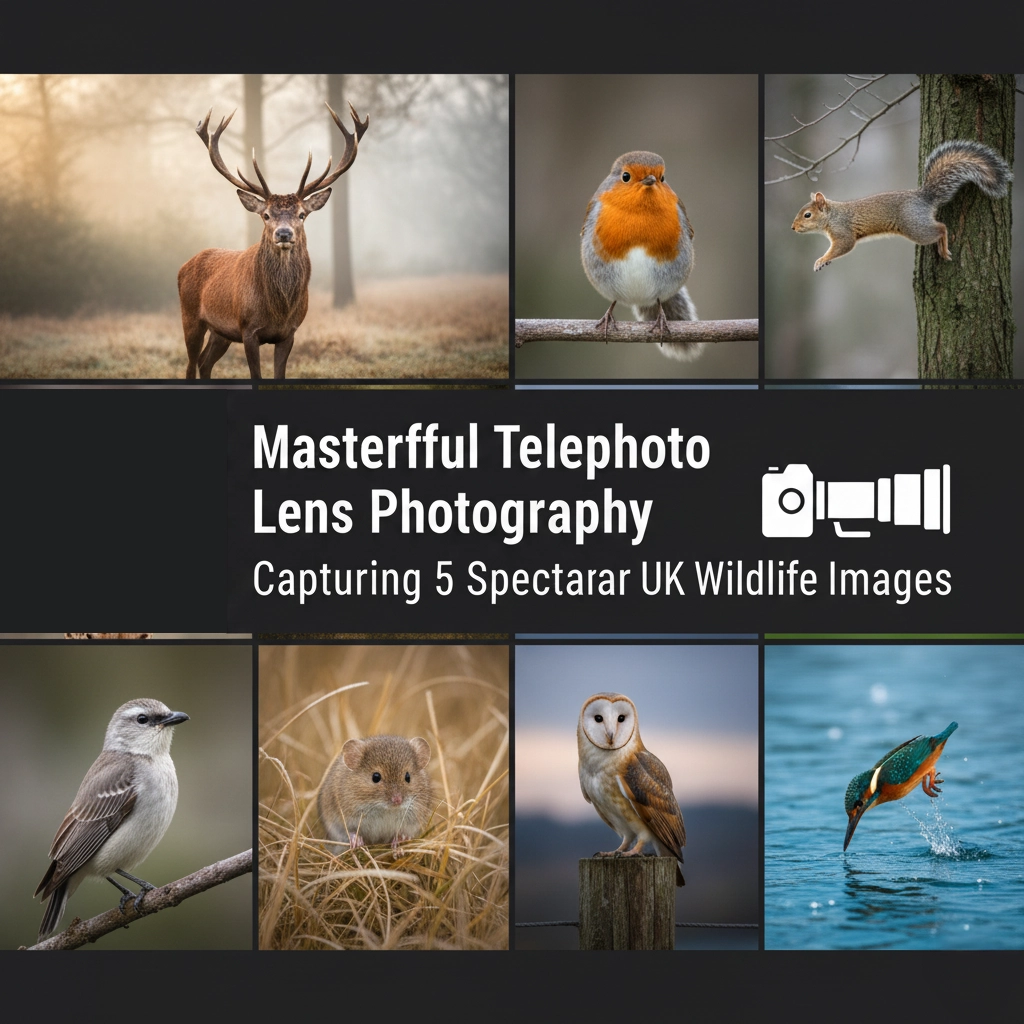
Masterful Telephoto Lens Photography: Capturing 5 Spectacular Images
Handheld Telephoto lens photography for Wildlife can be a challenging task. This is something I’ve always wanted to do while I’ve been out and about doing landscapes. Having previously attempted in a minor way, with a 300mm cheap lens unsuccessfully, I’d almost put this arm of photography to the back of my mind.
Unlocking the World of Wildlife with the Sigma 150-600mm Sport Telephoto Lens
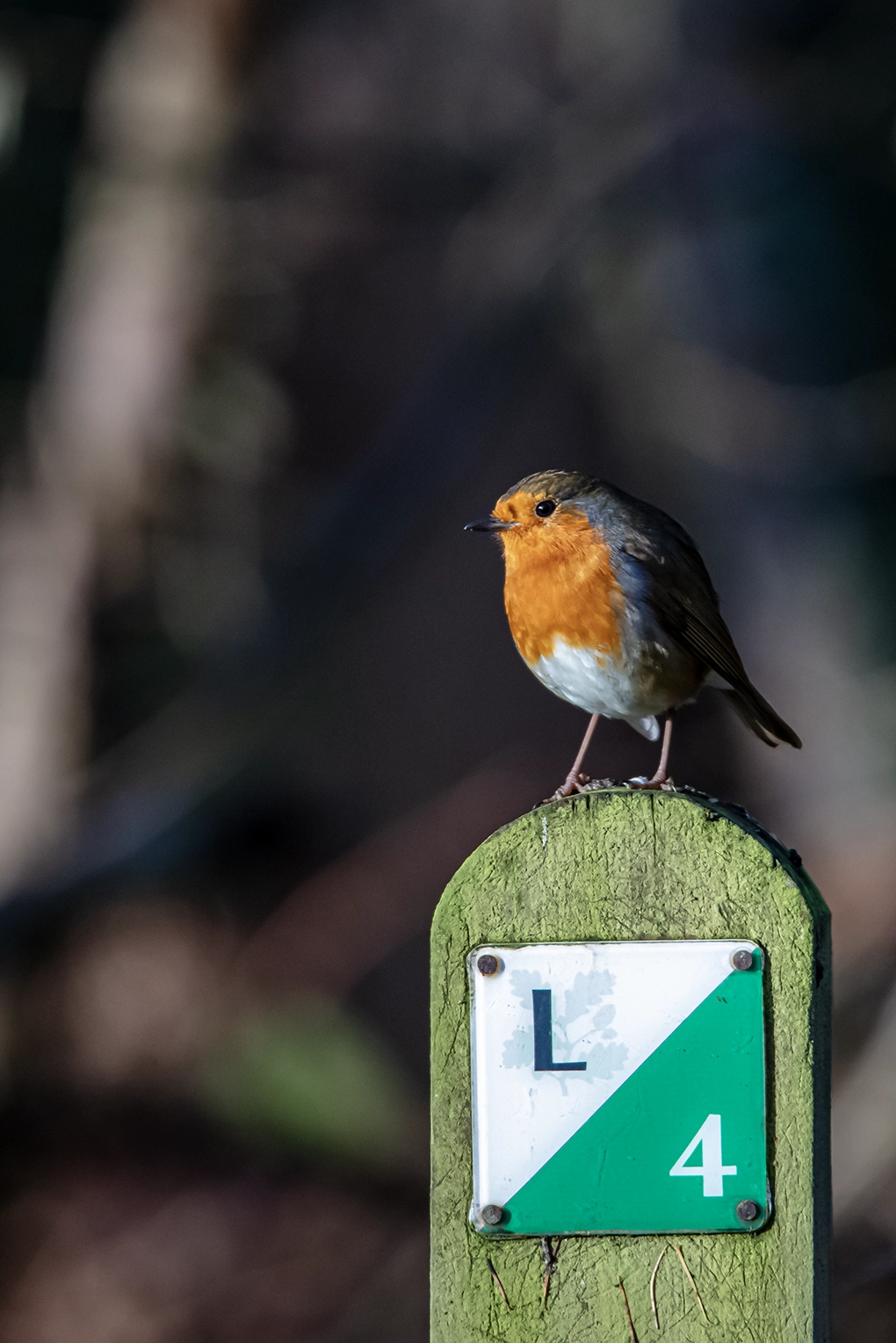
After patiently saving for four years and meticulously researching my options, I recently made a significant investment in a lens that promises to elevate my wildlife photography game—the Sigma 150-600mm Sport telephoto lens. Excitement and anticipation filled me as I embarked on my first venture into the captivating realm of photography with this robust lens.
Wildlife at Morgaston Woods
The picturesque Morgaston Ancient Woodlands, nestled within the National Trust property ‘The Vyne House,’ served as my local testing ground for this new photographic companion. The decision to christen this post “Handheld Telephoto Lens Wildlife Photography” was deliberate, driven by my desire to forgo the added weight and complexity of a tripod and gimbal. Carrying the Sigma Sport lens, weighing just under 3 kilograms, presented me with both a physical and artistic challenge—a hefty companion for a outdoor enthusiast.
Challenges
Consciously opting for handheld photography, I acknowledged the potential challenges that might arise, particularly in low-light conditions. The lens’s aperture limitations led me to strategically set the ISO to Auto and choose the Shutter Priority mode. Adapting to the ever-changing conditions of the outdoors, I played with the shutter speed, allowing me to capture a variety of moments seamlessly.
As the lens’s focal length extends from 150mm to an impressive 600mm, it grants me the power to bring distant subjects within the frame, magnifying the intricate details of the natural habitat. The Morgaston Ancient Woodlands, with its diverse flora and fauna, provided an ideal canvas for me to test the lens’s capabilities. From vibrant birds flitting through the trees to the elusive woodland creatures, the Sigma lens unveiled a world of photographic opportunities.
Versatility
Navigating through the woodland terrain with the Sigma lens in hand, I marveled at its versatility. The lens’s optical stabilisation technology, coupled with its Hyper Sonic Motor (HSM), ensured swift and precise autofocus, a crucial feature when capturing the spontaneity of birds etc. The impressive image quality and clarity, even at the far end of the focal range, showcased the lens’s optical prowess.
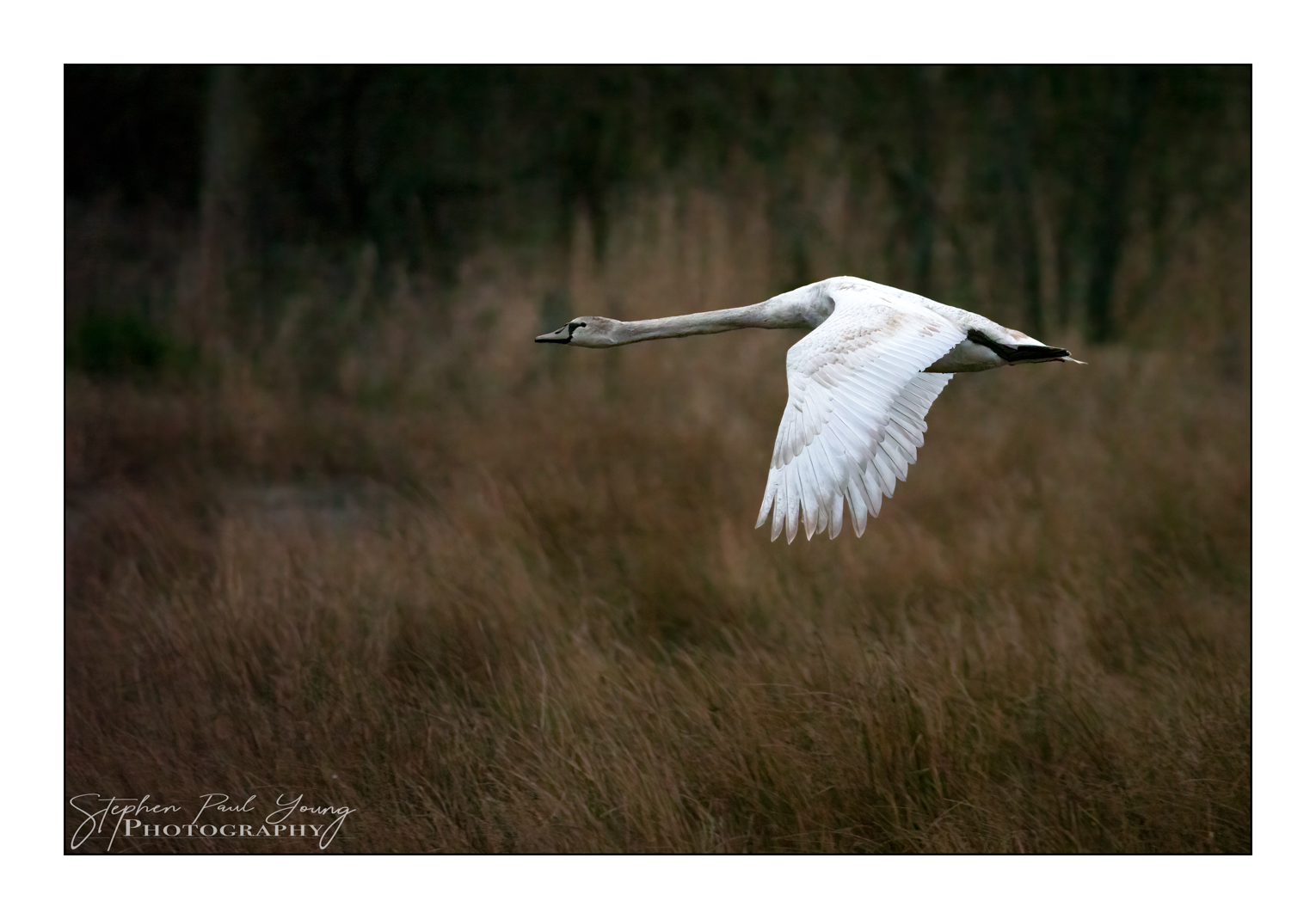
Despite the initial weight concerns, the handheld approach proved to be surprisingly manageable, thanks to the lens’s ergonomic design and the adrenaline-fueled passion for capturing nature in its raw essence. The decision to forego the tripod added a sense of spontaneity to my photography, allowing me to react swiftly to the ever-changing dynamics of the woodland environment.
The Sigma 150-600mm Sport telephoto lens has seamlessly integrated itself into my photography endeavors. It has not only captured the beauty of Morgaston Ancient Woodlands but has also become an extension of my creative vision. As I continue to explore the diverse realms of wildlife photography, this lens stands as a testament to the fusion of technology, artistry, and the untamed beauty of the natural world.
Birds
Walking through the woodland in the late afternoon winter sunshine determined to do some telephoto photography, I saw this Robin (above), a common bird hereabouts. Perfectly lit and calm as I lifted this hefty lens to take the shot.
As I made my way through the woodland and out into the wetland area, The reed beds on the edge of lake yielded some beautiful birds in the late afternoon sunlight. The following 2 photographs are Reed Buntings, small and sleek birds that are known for their distinctive white collar and black cap.
These little creatures were perched on the tall reeds, singing melodiously as they shook their heads to and fro. I couldn’t help but be enraptured by their beauty and their sweet songs.
As the sun began to set over the horizon, the sky turned into a beautiful array of oranges, pinks, and purples. The water in the lake reflected the colors like a mirror, creating a picturesque scene. I stood there for a few moments, taking in the beauty of nature and feeling grateful for being able to witness such a stunning display.
As I made my way back through the woodland, I realized how much I had missed being in nature. The peacefulness and serenity of the wetlands had recharged my spirit, and I felt rejuvenated and ready to face the world again.
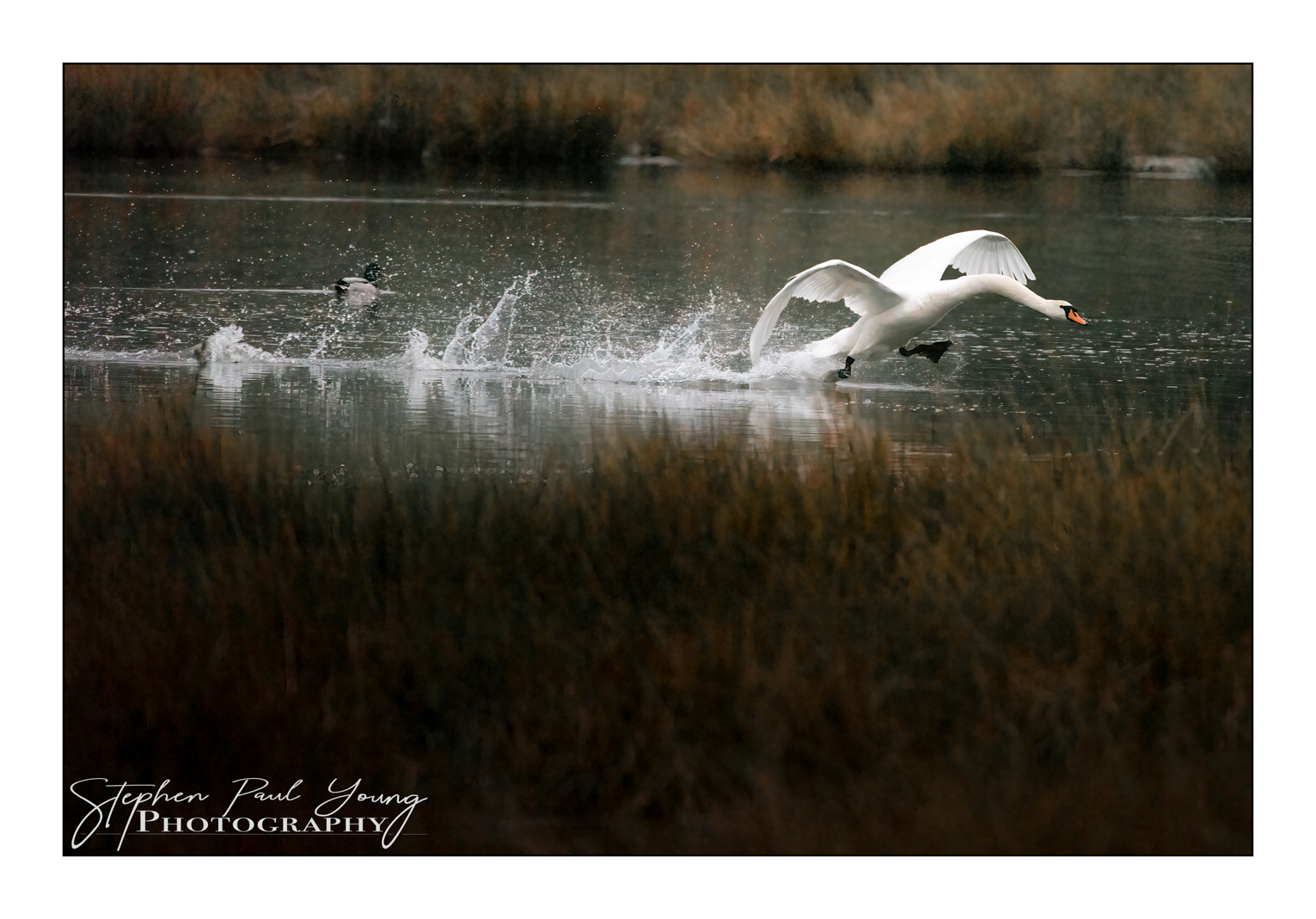
Making my way back to the car through those ancient woodlands, alone, peaceful and happy with my first outing with this Sigma lens, I witnessed several Squirrels going about their business. One even stopped long enough for this telephoto lens shot.
The final image was a complete surprise. The light was going except for a few warm shafts of light piercing the tree canopy just as a Muntjac Deer decided upon my path. This little deer was unperturbed by my presence! He went about his business as I knelt slowly and bought the heavy lens up to take several shots.
Sigma Sport Telephoto Lens Photography Conclusion
I invested in Sigmas 150-600mm sport Lens. I did this because I wanted to be able to photograph – to a high standard – the animals I saw. As a superzoom with a maximum focal length of 600mm (a bit more in crop sensor mode), this lens allows photographers to fill the frame with their subjects even at a reasonable distance. It has a maximum aperture of f/5-6.3, which is pretty decent for the price and gives good blurred backgrounds. It doesn’t hold up well in low light, but that’s to be expected. I’ve found the image quality to be pleasingly sharp.
Personally, I love it…
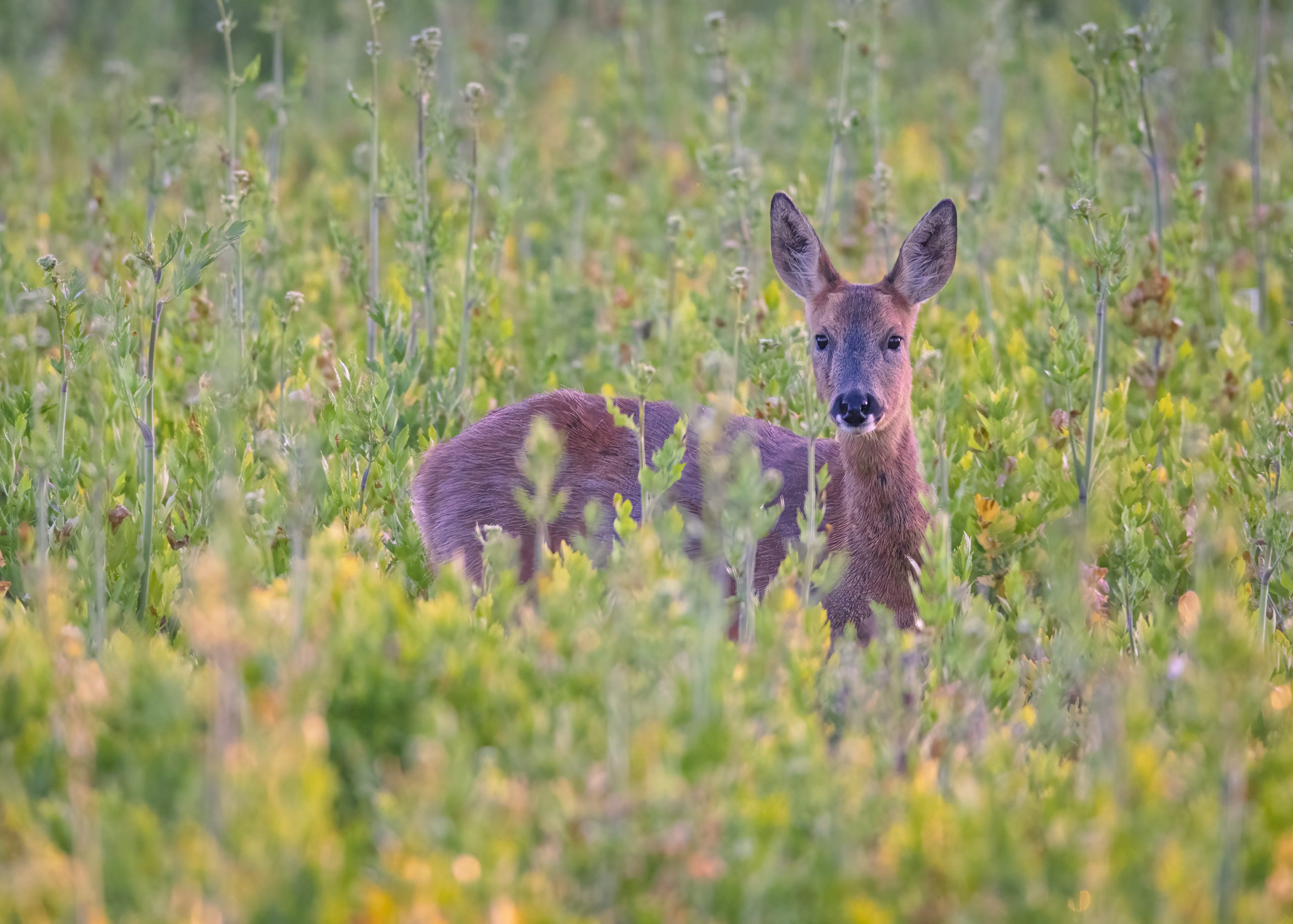
Specifications
| Specification | Details |
|---|---|
| Focal Length | 150-600mm |
| Aperture Range | f/5-6.3 |
| Lens Mount | Canon EF, Nikon F, Sigma SA |
| Lens Construction | 24 Elements in 16 Groups |
| Special Glass Elements | 2 FLD, 3 SLD, and 1 anomalous partial dispersion |
| Minimum Focus Distance | 2.6m / 8.53 ft |
| Maximum Magnification | 1:5 |
| Image Stabilization | Yes (Optical Stabilization) |
| Autofocus | Yes (Hyper Sonic Motor – HSM) |
| Filter Size | 105mm |
| Dimensions (Diameter x Length) | 121mm x 290.2mm / 4.8in x 11.4in |
| Weight | 2.86 kg / 6.3 lb |
| Tripod Collar | Yes (Removable) |
| Weather Sealing | Yes |
| Zoom Lock Switch | Yes |
| Compatible with Teleconverters | Yes (Sigma TC-1401, TC-2001) |
| Compatibility | Full-Frame and APS-C sensor cameras |
| Lens Hood | Yes (LH1164-01) |
| Included Accessories | Lens hood, lens caps, padded carrying case |
Likes & Dislikes
| Likes | Dislikes |
|---|---|
| Versatile Focal Range | Weight: At 2.86 kg, it’s relatively heavy. |
| Impressive Image Quality | Aperture Range: Limited in low-light settings. |
| Optical Stabilization | Size: Large dimensions may be cumbersome. |
| Fast and Precise Autofocus (HSM) | Price: A premium lens, may be costly for some. |
| Sturdy Build with Weather Sealing | Filter Size: 105mm filters can be expensive. |
| Zoom Lock Switch for Stability | Learning Curve: Beginners may find it complex. |
| Removable Tripod Collar | Compatibility: Limited to specific camera mounts |
| Compatibility with Teleconverters | |
| Sharpness Throughout Focal Range | |
| Well-Designed Lens Hood |
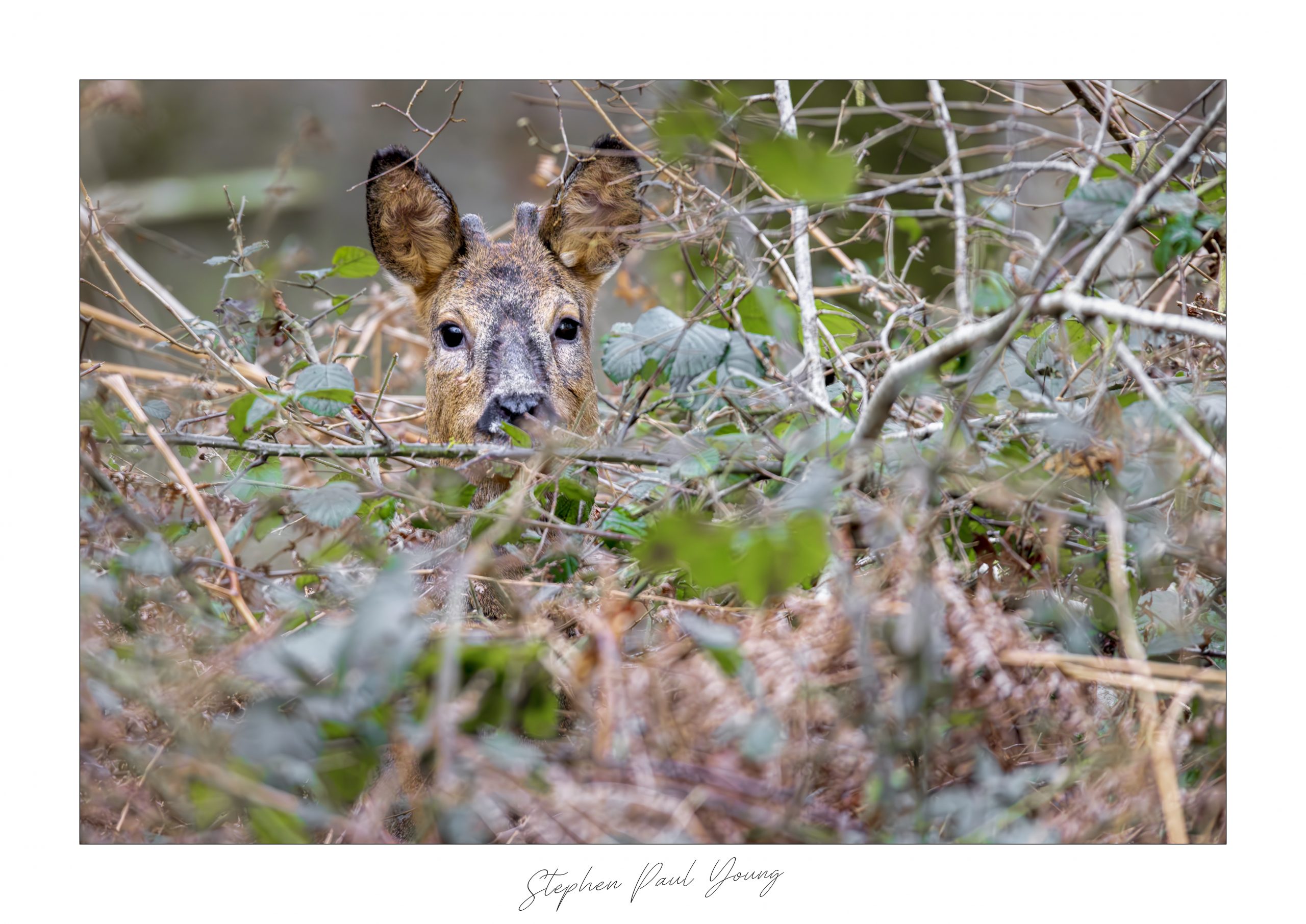
FAQs: Telephoto Lenses in Photography
Q: What is a telephoto lens in photography?
A: A telephoto lens is a type of camera lens designed to magnify distant subjects, allowing photographers to capture clear and detailed images of objects that are far away. Telephoto lenses have a longer focal length than standard lenses, enabling them to bring distant subjects closer, making them appear larger in the frame.
Q: How do you take pictures with a telephoto lens?
A: To effectively use a telephoto lens, start by selecting the appropriate focal length based on the distance to your subject. Use a tripod to maintain stability, especially in low-light conditions or when using longer focal lengths. Employ image stabilization if available, and consider using a faster shutter speed to reduce the risk of motion blur. Additionally, focusing accurately and using proper composition techniques are crucial for achieving sharp and compelling telephoto images.
Q: What is the difference between zoom and telephoto lenses?
A: While telephoto lenses are a specific category designed for magnifying distant subjects, zoom lenses, on the other hand, offer a variable focal length. A zoom lens can cover a range of focal lengths, including wide-angle, standard, and telephoto, allowing the photographer to adjust the framing without changing lenses. While telephoto lenses are a subset of zoom lenses, not all zoom lenses are exclusively telephoto.
Q: What is the effect of a telephoto lens?
A: The primary effect of a telephoto lens is the ability to bring distant subjects closer to the camera, making them appear larger and more detailed. Telephoto lenses also compress the perspective, making background elements appear larger and closer to the subject. This compression effect is often used to isolate subjects from their surroundings, creating visually impactful and aesthetically pleasing compositions.
Like what you read? Fuel my next post with a coffee – hit that PayPal button and keep the caffeine flowing!
[wpedon id=77]